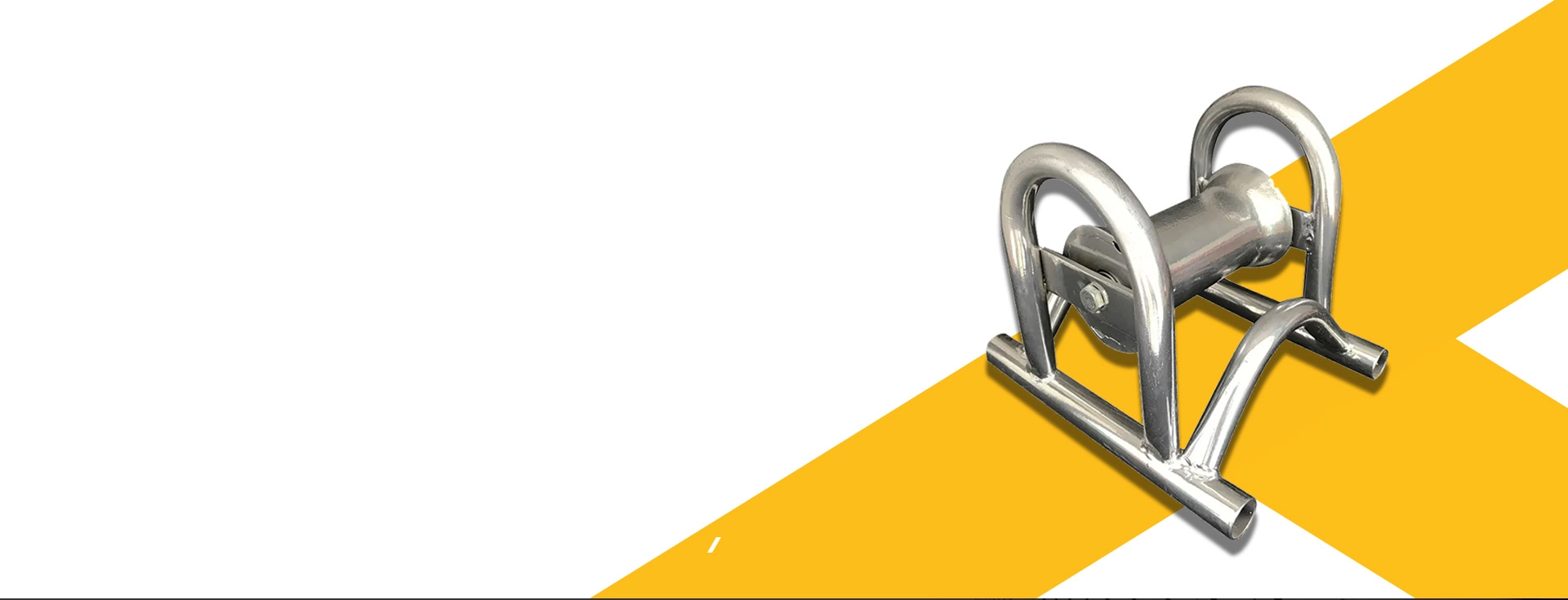
-
 Afrikaans
Afrikaans -
 Albanian
Albanian -
 Amharic
Amharic -
 Arabic
Arabic -
 Armenian
Armenian -
 Azerbaijani
Azerbaijani -
 Basque
Basque -
 Belarusian
Belarusian -
 Bengali
Bengali -
 Bosnian
Bosnian -
 Bulgarian
Bulgarian -
 Catalan
Catalan -
 Cebuano
Cebuano -
 Corsican
Corsican -
 Croatian
Croatian -
 Czech
Czech -
 Danish
Danish -
 Dutch
Dutch -
 English
English -
 Esperanto
Esperanto -
 Estonian
Estonian -
 Finnish
Finnish -
 French
French -
 Frisian
Frisian -
 Galician
Galician -
 Georgian
Georgian -
 German
German -
 Greek
Greek -
 Gujarati
Gujarati -
 Haitian Creole
Haitian Creole -
 hausa
hausa -
 hawaiian
hawaiian -
 Hebrew
Hebrew -
 Hindi
Hindi -
 Miao
Miao -
 Hungarian
Hungarian -
 Icelandic
Icelandic -
 igbo
igbo -
 Indonesian
Indonesian -
 irish
irish -
 Italian
Italian -
 Japanese
Japanese -
 Javanese
Javanese -
 Kannada
Kannada -
 kazakh
kazakh -
 Khmer
Khmer -
 Rwandese
Rwandese -
 Korean
Korean -
 Kurdish
Kurdish -
 Kyrgyz
Kyrgyz -
 Lao
Lao -
 Latin
Latin -
 Latvian
Latvian -
 Lithuanian
Lithuanian -
 Luxembourgish
Luxembourgish -
 Macedonian
Macedonian -
 Malgashi
Malgashi -
 Malay
Malay -
 Malayalam
Malayalam -
 Maltese
Maltese -
 Maori
Maori -
 Marathi
Marathi -
 Mongolian
Mongolian -
 Myanmar
Myanmar -
 Nepali
Nepali -
 Norwegian
Norwegian -
 Norwegian
Norwegian -
 Occitan
Occitan -
 Pashto
Pashto -
 Persian
Persian -
 Polish
Polish -
 Portuguese
Portuguese -
 Punjabi
Punjabi -
 Romanian
Romanian -
 Russian
Russian -
 Samoan
Samoan -
 Scottish Gaelic
Scottish Gaelic -
 Serbian
Serbian -
 Sesotho
Sesotho -
 Shona
Shona -
 Sindhi
Sindhi -
 Sinhala
Sinhala -
 Slovak
Slovak -
 Slovenian
Slovenian -
 Somali
Somali -
 Spanish
Spanish -
 Sundanese
Sundanese -
 Swahili
Swahili -
 Swedish
Swedish -
 Tagalog
Tagalog -
 Tajik
Tajik -
 Tamil
Tamil -
 Tatar
Tatar -
 Telugu
Telugu -
 Thai
Thai -
 Turkish
Turkish -
 Turkmen
Turkmen -
 Ukrainian
Ukrainian -
 Urdu
Urdu -
 Uighur
Uighur -
 Uzbek
Uzbek -
 Vietnamese
Vietnamese -
 Welsh
Welsh -
 Bantu
Bantu -
 Yiddish
Yiddish -
 Yoruba
Yoruba -
 Zulu
Zulu


Sht . 05, 2024 07:14 Back to list
Manual Hose Crimping Machine | High Precision & Durable Crimping Solutions
Manual Hose Crimping Machines A Comprehensive Overview
Manual hose crimping machines play a crucial role in various industries, particularly in hydraulic and pneumatic applications. These machines are essential for creating secure, leak-proof connections between hoses and fittings, ensuring that fluid transfer systems operate safely and efficiently. In this article, we will explore the functionalities, benefits, and considerations associated with manual hose crimping machines.
Functionality
A manual hose crimping machine operates by using mechanical force to compress a hose onto a fitting. The process typically involves inserting the hose and fitting into the machine, adjusting the settings based on the size and material, and then manually operating a lever or crank to perform the crimping action. The machine utilizes dies—specific shapes and sizes tailored to accommodate different hose dimensions—ensuring a precise fit. Once crimped, the hose fitting is securely attached, ready for operational use.
Benefits
One of the primary advantages of manual hose crimping machines is their simplicity and ease of use. Unlike automated crimping machines, manual machines require no electricity, making them ideal for use in remote locations or workshops without extensive infrastructure. Additionally, they are often more affordable, making them accessible for small businesses or occasional use.
manual hose crimping machine

Moreover, manual machines offer enhanced portability. Their lightweight design allows them to be easily transported, making them suitable for on-site repairs or installations. The hands-on operation also gives technicians greater control over the crimping process, allowing them to ensure that each connection meets the required specifications.
Considerations
When selecting a manual hose crimping machine, several factors should be taken into account. The first consideration is the size range of hoses that the machine can accommodate. It's vital to choose a machine that matches the specifications of the hoses you work with most frequently.
Another important aspect is the quality of the machine. Investing in a reputable brand that utilizes durable materials will ensure longevity and reliability. Additionally, it's essential to consider the availability of replacement dies and parts, as these will be needed for various hose sizes and types.
Conclusion
In summary, manual hose crimping machines are invaluable tools for anyone involved in hose assembly and maintenance. Their simplicity, portability, and affordability make them a preferred choice for many professionals in the field. By carefully selecting the right machine and understanding its operation, users can ensure secure hose fittings that contribute to the overall efficiency and safety of their operations. As industries continue to evolve, the importance of reliable hose connections will only grow, making these machines essential in various applications.
Latest news
What Are Construction Tools and How Are They Used?
NewsJul.11,2025
Professional-Grade Duct Rodding Tools for Superior Cable Installation
NewsJul.11,2025
Enhancing Safety and Efficiency with Modern Hot Stick Solutions
NewsJul.11,2025
Empowering Cable Installation with Advanced Rodder Solutions
NewsJul.11,2025
Elevate Your Cable Installation Projects with Cable Pulling Tools
NewsJul.11,2025
Efficient Cable Handling Solutions: Cable Rollers for Sale
NewsJul.11,2025











